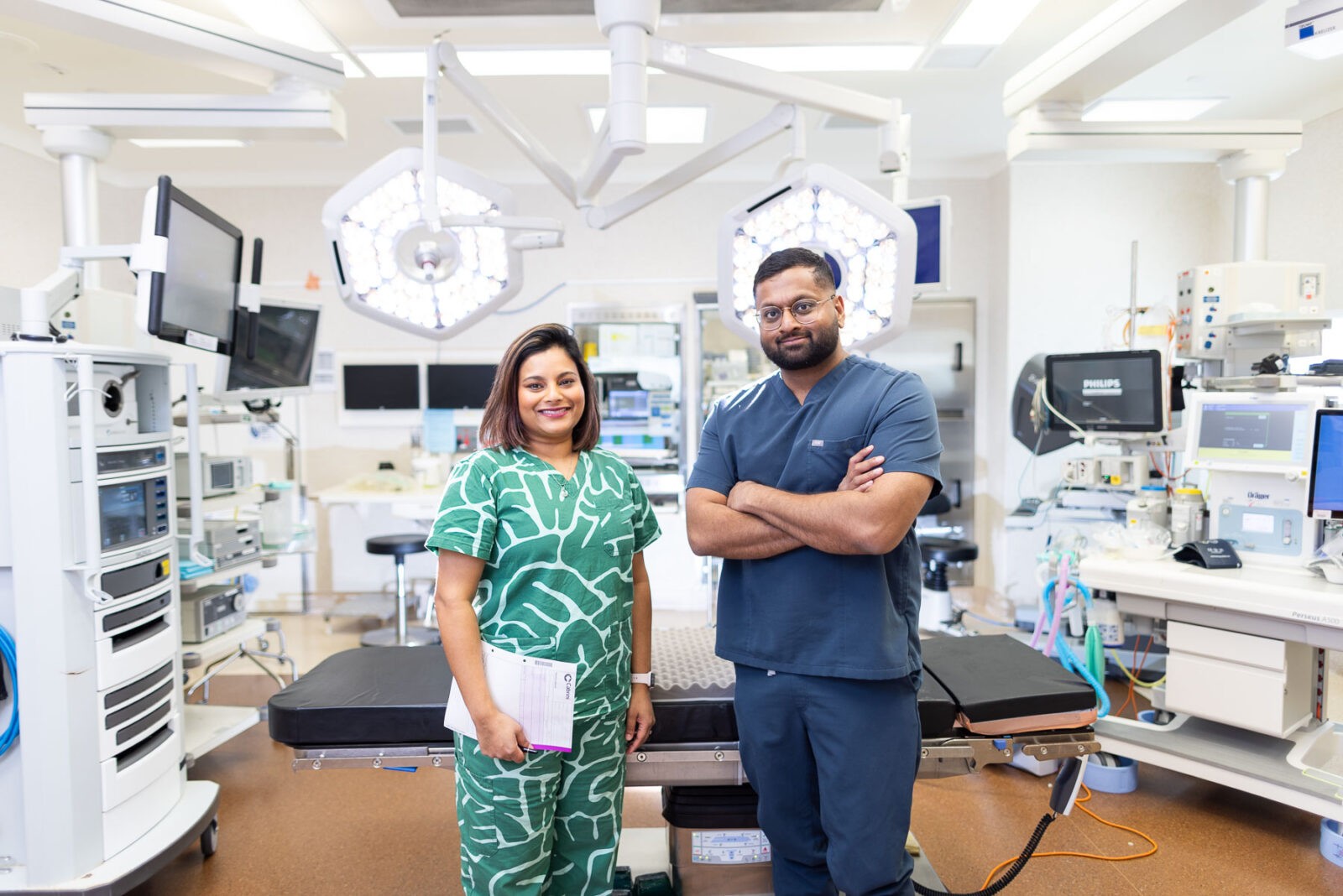These common tumours affect many women, particularly during their reproductive years.
While fibroids are typically benign, they can cause a range of symptoms and impact a woman’s quality of life. Understanding the causes, symptoms, risk factors, and treatment options is crucial for managing fibroids effectively.
Fibroids are composed of muscle and fibrous tissue and can vary in size, from microscopic to large masses that can distort the shape of the uterus. They are classified based on their location within the uterus:
The exact cause of fibroids is not well understood, but several factors are believed to contribute to their development:
Fibroids can cause a variety of symptoms, which can range from mild to severe. Some women with fibroids experience no symptoms at all. Common symptoms include:
Several factors can increase the likelihood of developing fibroids:
Treatment for fibroids depends on the severity of symptoms, the size and location of the fibroids, the woman’s age, and her reproductive goals. Options include:
For women with mild or no symptoms, regular monitoring may be recommended. Fibroids often shrink after menopause due to a decrease in hormone levels.









We are a general gynaecology and infertility treatment clinic based in Melbourne, dedicated to the latest minimally invasive gynaecological diagnostic and surgical techniques. We are leaders in laparoscopic and cutting-edge robotic surgery.
If you have a question about a condition or treatment, or would like to book an appointment, please get in touch.